Here at War Horse Creek, we offer veterans a methodology we call Collaborative Horsemanship. This approach is different from what you commonly see among horse-related programs for veterans, known as equine therapy.
In this blog, we wanted to break down the differences between Collaborative Horsemanship and Equine Therapy, and explain why we have chosen an approach focused on horsemanship, rather than a therapy-based model.
The Human-Horse Connection
The connection between humans and horses is profound. Recent research by the “Man O’War Project” has proven that equine-assisted therapy (EAT) actually results in brain-based changes that can increase a veteran’s capacity to enjoy life, despite facing trauma and war adversities.
The history of horses and humans dates back centuries. Traditionally, the horse has been used as a working tool, a form of transportation and in battle. By the mid-20th century, the horse’s utilitarian value had decreased, yet popularity of horse riding and racing had grown. In addition, horses started to be increasingly valued as human companions.
Many of the wild mustangs that exist today were descended from horses bred for the military, and were then turned out when they were no longer needed. Only the strongest survived, due to their strength, resourcefulness and hyper-vigilance – characteristics they share with our veterans.
These traits can create a connection between veteran and horse, often leading to a marked transformation for each.
Studies of human-horse relations have found miraculous connections, a form of collaborative neural communication from brain-to-brain, in real time. Such conversations allow horse and human to achieve their immediate goals in athletic performance and everyday life. In a very real sense, each species’ mind is extended beyond its own skin into the mind of another, with physical interaction becoming a kind of neural dance.
What is Equine Therapy?
Equine-assisted therapy encompasses a range of treatments that involve activities with horses to promote human physical and mental health. During equine-assisted therapy, the client is typically with a trained therapist, an equine specialist, and the horse.
Throughout the world, EAT is being used for many different purposes, and there are numerous modalities of EAT, some of which are:
- Therapeutic horseback riding uses a therapeutic team, usually including a certified therapeutic riding instructor, two or more volunteers, and a horse, to help an individual ride a horse and work with it on the ground.
- Hippotherapy involves an occupational therapist, a physiotherapist, or a speech and language therapist working with a client and a horse. Different movements of the horse present challenges to the client to promote different postural responses of the client by the horse influencing the client rather than the client controlling the horse. The word “Hippotherapy” is also used in some contexts to refer to a broader realm of equine therapies.
- Equine-assisted learning (EAL) is described as an “experiential learning approach that promotes the development of life skills … through equine-assisted activities.”
- Equine-assisted psychotherapy (EAP) does not necessarily involve riding, but may include grooming, feeding and ground exercises. Mental health professionals work with one or more clients and one or more horses in an experiential manner to help the clients learn about themselves and others, while processing or discussing the client’s feelings, behaviors, and patterns. The goal is to help the client in social, emotional, cognitive, or behavioral ways. Other terms for equine psychotherapy include Equine-facilitated psychotherapy (EFP), equine-assisted therapy (EAT), Equine Facilitated Wellness (EFW), Equine Facilitated Counseling (EFC) and Equine Facilitated Mental Health (EFMH).
- Interactive vaulting involves vaulting activities in a therapeutic milieu.
- Therapeutic carriage driving involves controlling a horse while driving from a carriage seat or from a wheelchair in a carriage modified to accommodate the wheelchair.
- Equine-Assisted Activities (EAA) incorporates all of the above activities plus horse grooming, and stable management, shows, parades, demonstrations, and the like.
What is Collaborative Horsemanship?
Now that you’re familiar with equine-assisted therapy, we’ll introduce you to War Horse Creek’s Collaborative Horsemanship model. The biggest difference between the two lies in the nature of the therapeutic approach.
Simply, Collaborative Horsemanship is collaboration between horse and human.
We bring together a horse and a veteran for one reason only; to teach the veteran proper horsemanship from the ground up. This process allows for the veteran to become more in tune with his or her mind, learning that force will not lead to a positive outcome. Cooperation and listening are essential for success with the horse, and in life. Acquiring these skills with horses in a non-threatening environment makes it easier to utilize the same skills when placed back in day-to-day life.
Unlike EAT, Collaborative Horsemanship does not involve traditional therapy or direct therapeutic modalities. If any therapy takes place, it’s organic. While we do often have a trained therapist on site should a veteran want to explore a therapeutic approach, therapy is not on our agenda.
We like to say, “In Collaborative Horsemanship, the horse is the therapist.” The veteran walks away understanding how to communicate with a horse through a mutual language of energies and emotions.
Air Force veteran Itzel Barakat shared about her experience at War Horse Creek, ”I didn’t have to say a word to anybody. I felt my heart healing, and that’s what I needed. War Horse Creek provided a sense of relief and peace that I haven’t been able to find.”
In developing the Collaborative Horsemanship approach, our horsemanship experts tapped into their 100 years of combined experience, along with pulling from many different modalities of horsemanship. Our team is especially inspired by the founders of the natural horsemanship movement, brothers and horsemen William “Bill” Dorrance and Tom Dorrance. Bill and Tom introduced the world to the horse-human connection built on pure respect for the horse, learning to communicate with the horse in a language that they understand.
“First you go with the horse. Then the horse goes with you. Then you go together.”
Tom Dorrance
Inspiring a Sea of Change
War Horse Creek’s Collaborative Horsemanship workshops are now available to veterans and are held in the beautiful San Jacinto Mountains of Southern California. Veterans can sign up for a workshop here.
The goal of War Horse Creek is to inspire a sea of change in the way we, as a society, welcome our warriors home, and reduce the cost of military service on veterans and their families.
Further, we want our program to change the public perception of wild mustangs from tragic burden to a highly valuable resource. And we believe it is fitting that descendants of the horses which carried our forefathers into battle will now help bring our warfighters home.



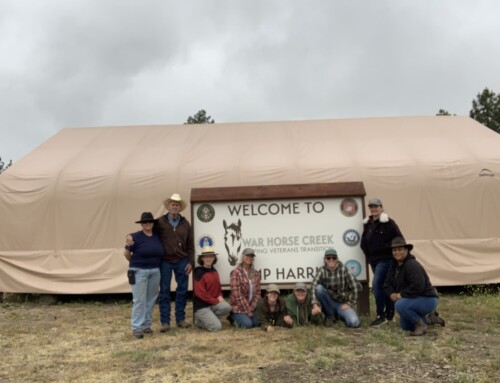
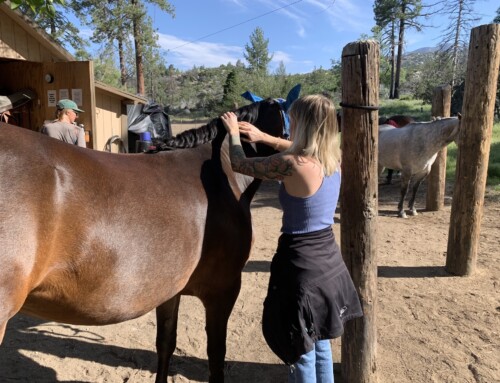
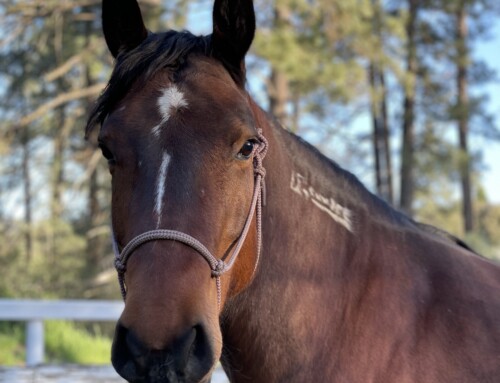
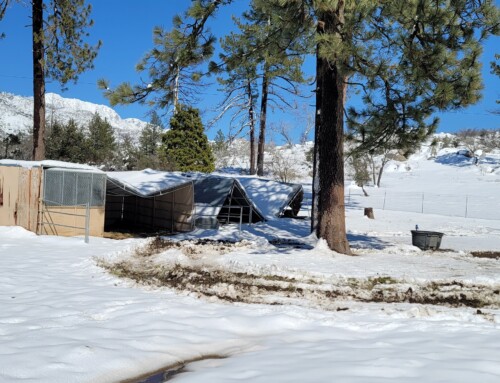
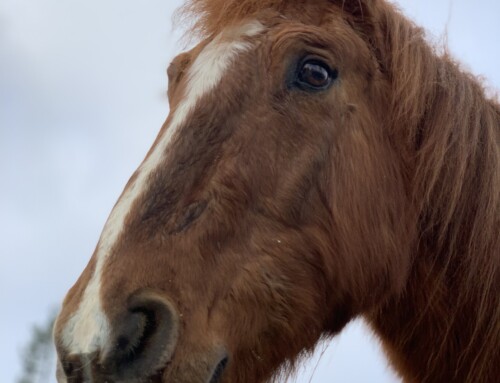
It’s amazing to see how different methods of riding therapy can have such a significant psychological and physiological effect. As a participant in hippotherapy, I also want to emphasize that each of these modalities can have a unique impact on different aspects of life. Horses are really capable of creating a unique bond in which there is no place for fear and doubt, which can be extremely powerful for recovery and self-understanding.